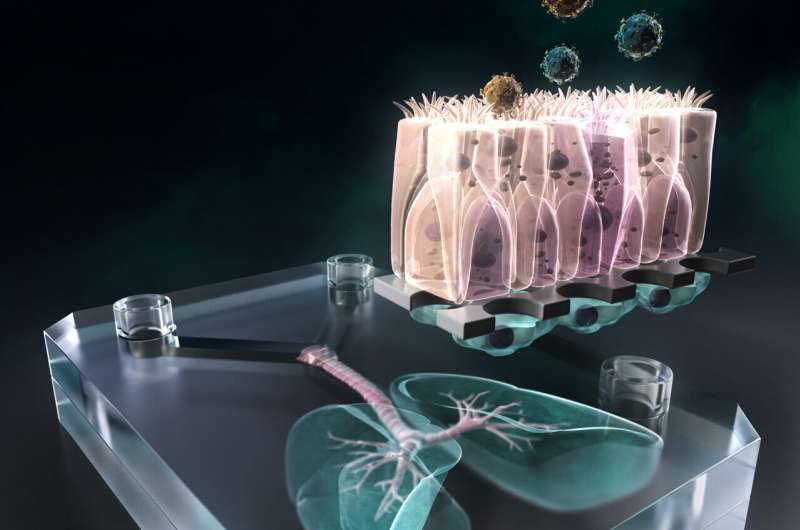The responses of different lung regions to such infections are varying and complex, so accurately replicating them using traditional models, such as animals and simple in vitro systems, poses a challenge.
To solve this problem, a team of researchers at Kyoto University has developed a microphysiological system, or MPS, capable of emulating different regions of human lungs. Specifically, their device can simulate the airway and alveoli to investigate viral pathologies. Coupled with isogenic iPSCs, the team is preparing for more personalized and accurate treatment of respiratory diseases.
The work has been published in Nature Biomedical Engineering.
“Our iPSC-derived lung chips enable us to model the distinct responses of proximal and distal lung regions, derived from an isogenic source to respiratory virus infections,” states the lead author Sachin Yadav, a Ph.D. student at Kyoto University.

